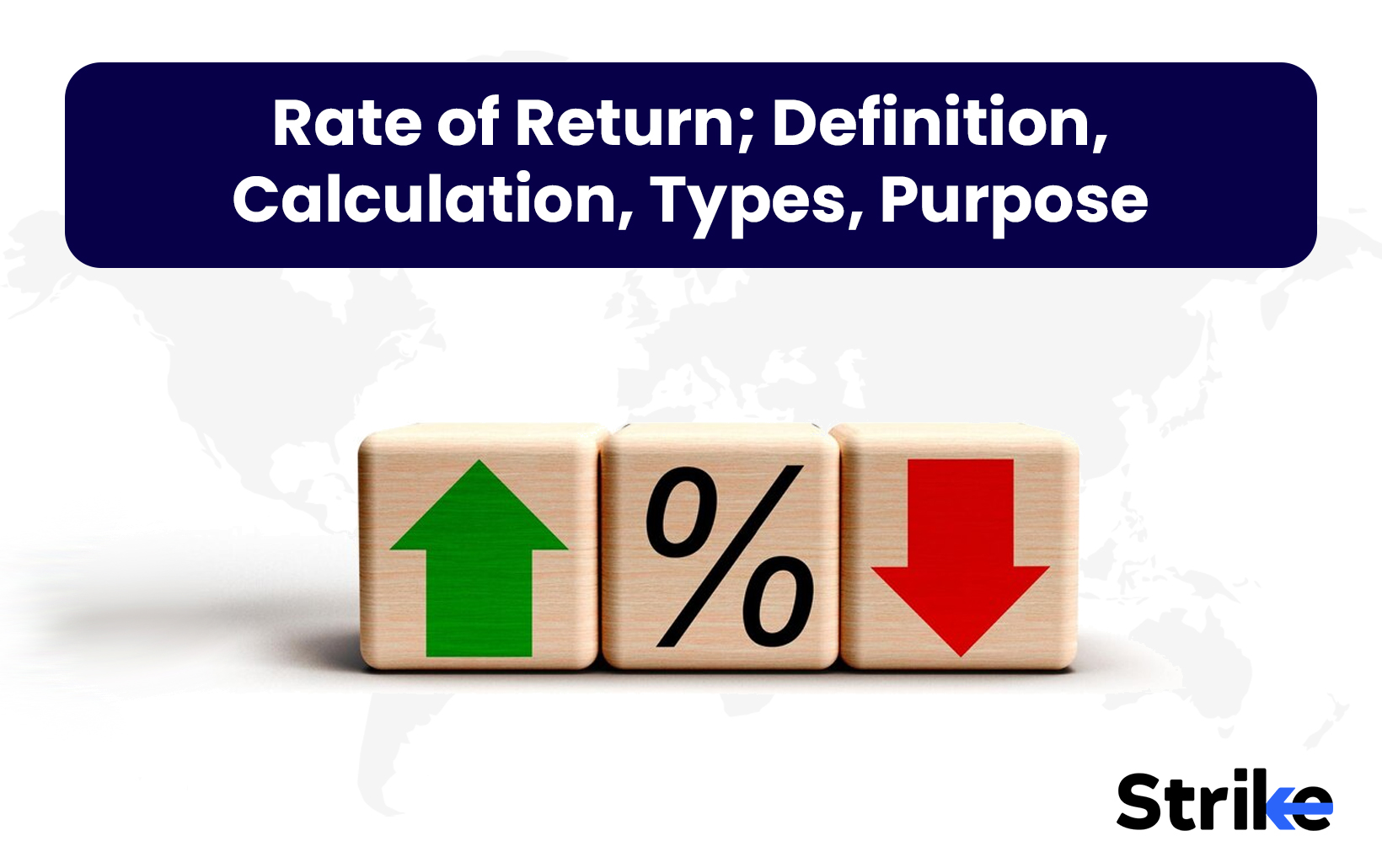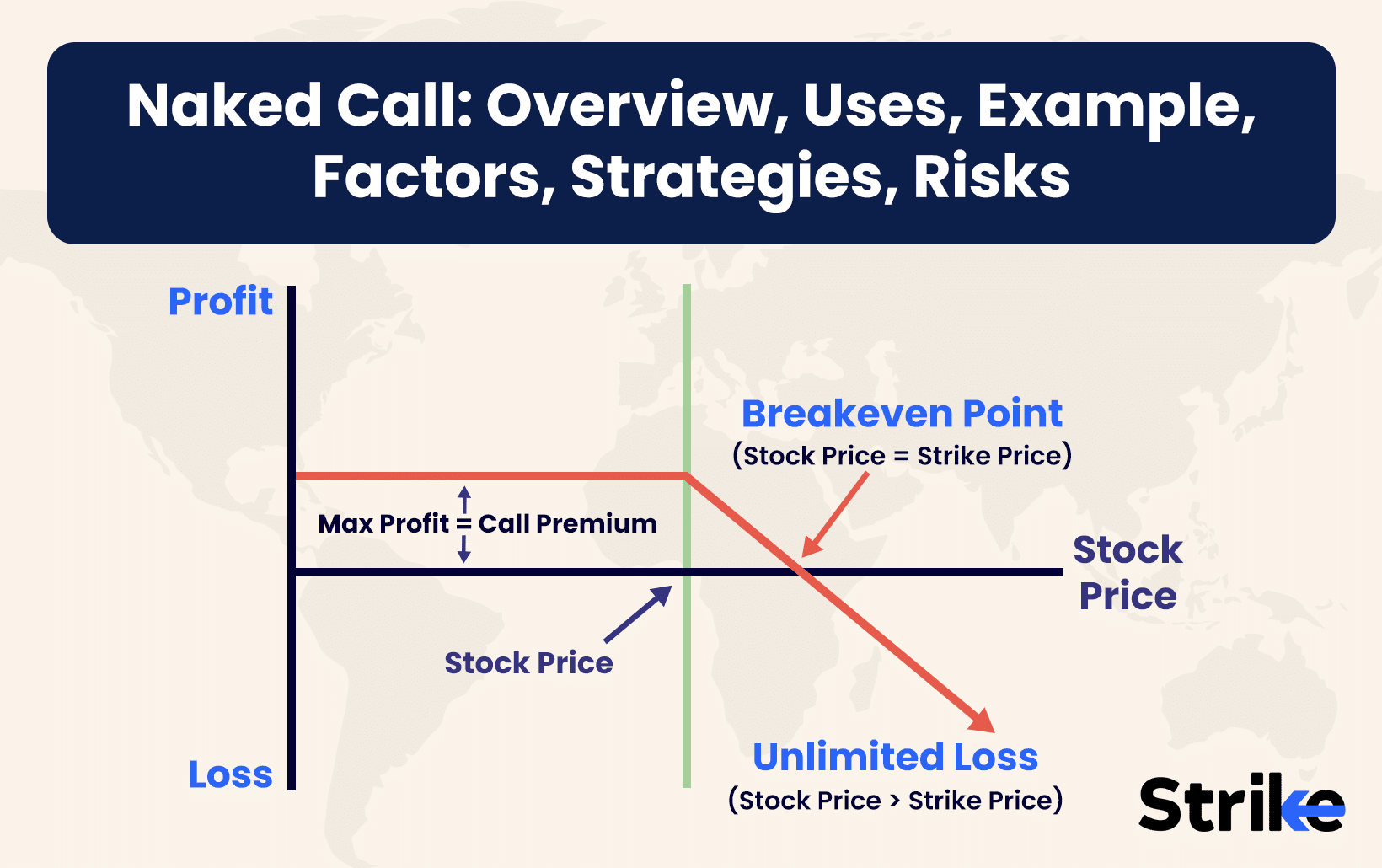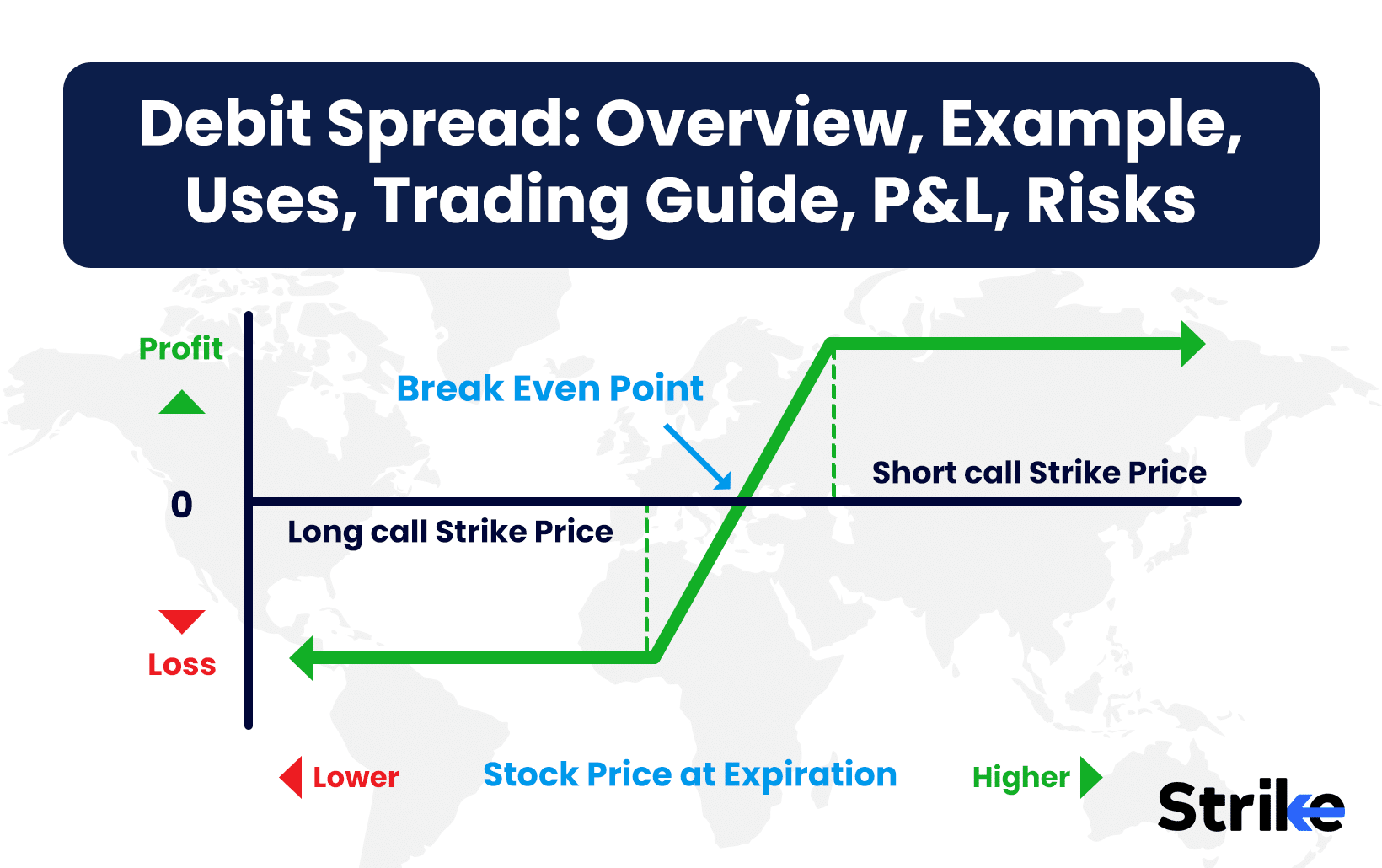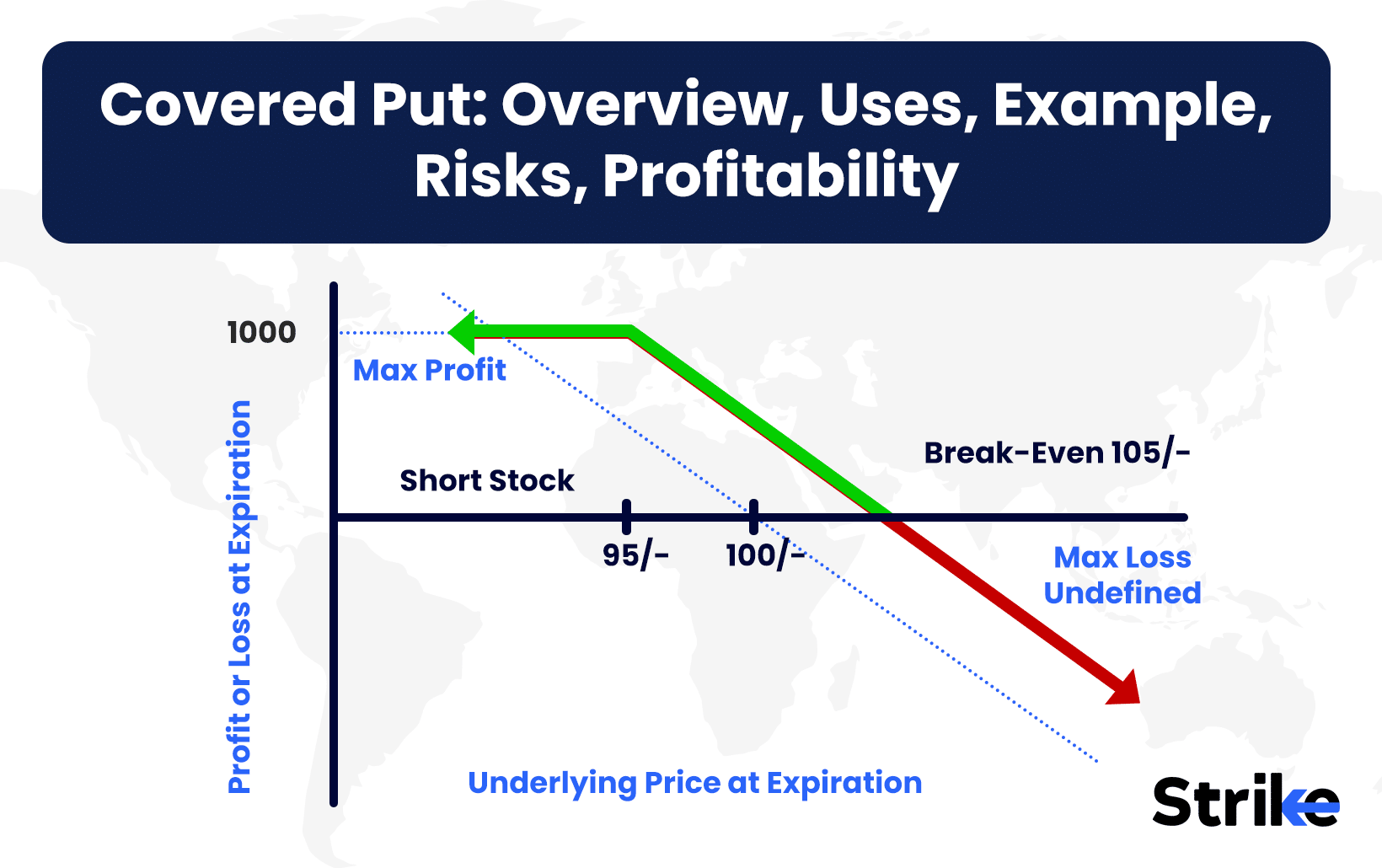Rate of Return: Definition, Calculation, Types, Purpose

Rate of return is a performance measure used to evaluate investments or projects. Rate of return indicates how much profit or loss an investment generated over a specific time period, expressed as a percentage of the initial amount invested.
The most common types are nominal rate of return, real rate of return, and internal rate of return, but others include simple rate of return, annualized rate of return, and money-weighted return.
Rate of return is calculated to evaluate the performance of an investment or project over a period of time. It specifically measures the profit or loss generated from the investment as a percentage of the original amount invested.
What is the Rate of Return?
The rate of return measures the profit or loss generated by an investment over a specific period of time. The rate of return is calculated as a percentage by taking the net gain or loss of an investment and dividing it by the initial investment. Higher rates of return are preferred as they indicate an investment is generating more profit. The rate of return does not consider factors like inflation or the timing of cash flows. Both the internal rate of return and discounted cash flow analysis account for these additional factors when evaluating an investment’s performance over time.
How do you calculate the Rate of Return?
To calculate the rate of return, you need the initial investment amount and the current value or sale amount of the investment. The formula is
Rate of Return = (Current Value – Initial Value) / Initial Value) x 100
For example,
Initial investment = Rs. 20,000
Sale value = Rs. 24,000
RoR = (Gain or Profit / Initial Investment) x 100
= (Sale Value – Initial Investment) / Initial Investment x 100
= (Rs. 24,000 – Rs. 20,000) / Rs. 20,000 x 100
= 20%
Calculating Rate of Return For Stocks
The rate of return (RoR) of a company is the performance measure used to evaluate investments in stocks. It measures the gain or loss generated from a stock investment over a specific period.
The formula to calculate RoR for stocks is
Rate of Return = (End Value – Initial Cost) / Initial Cost x 100
For example, let’s say an investor purchased 100 shares of a Company at Rs.50 per share. The initial cost was Rs.5,000 (100 x Rs.50). After 2 years, the investor sold all the shares at Rs.60 per share. The end value was Rs.6,000 (100 x Rs.60).
To calculate the RoR,
Initial Cost = Rs.5,000
End/Sale Value = Rs.6,000
RoR = (Rs.6,000 – Rs.5,000) / Rs.5,000 x 100
= Rs.1,000 / Rs.5,000 x 100
= 20%
This means the investment in the stocks generated a return of 20% over the 2 year period. Investors can use RoR to evaluate the performance of their stock investments in the Stock Market and compare returns across different stocks and time periods. A higher positive RoR is preferred as it indicates higher profits in the Stock Market.
Calculating Rate of Return For Bonds
The rate of return is a metric used to evaluate investments in bonds. It measures the profit or loss generated from holding a bond over a specific period of time.
The formula to calculate the rate of return for bonds is,
Rate of Return = (Sale Value + Coupon Payments – Purchase Price) / Purchase Price x 100
For example, let’s say an investor purchased a 5-year corporate bond with a face value of Rs. 10,00,000 at a discount of 5%. So the purchase price was Rs. 9,50,000. The bond had a coupon rate of 9% paid annually. After 5 years, the bond was sold at par for Rs. 10,00,000. The total coupon payments received were Rs. 4,50,000 (9% of Rs. 10,00,000 annually).
RoR = (Rs. 10,00,000 + Rs. 4,50,000 – Rs. 9,50,000) / Rs. 9,50,000 x 100
= Rs. 5,00,000 / Rs. 9,50,000 x 100
= 52.63%
So the investor earned a rate of return of 52.63% by holding this bond for 5 years. RoR helps investors evaluate the profitability of their bond investments.
Calculating Rate of Return For Mutual Funds
The rate of return is a metric for investors to evaluate the performance of their mutual fund investments. The rate of return for a mutual fund measures the gain or loss generated from holding fund units over a period of time.
The formula to calculate mutual fund RoR is,
Rate of Return = (End Value – Initial Investment) / Initial Investment x 100
For example, an investor purchased 1000 units of an equity fund at Rs. 100 per unit. The initial investment was Rs. 1,00,000 (1000 units x Rs. 100 per unit). After 3 years, the value of each unit was Rs. 120. The total value of the investment was Rs. 1,20,000 (1000 units x Rs. 120 per unit).
To calculate RoR,
Initial Investment = Rs. 1,00,000
End Value = Rs. 1,20,000
RoR = (Rs. 1,20,000 – Rs. 1,00,000) / Rs. 1,00,000 x 100
= Rs. 20,000 / Rs. 1,00,000 x 100
= 20%
Therefore, the mutual fund provided a rate of return of 20% over the three year period for the investor.
Calculating Rate of Return For Fixed Deposit
The rate of return is used to evaluate returns from fixed deposits. A fixed deposit is a financial instrument offered by banks that provides interest at a pre-determined fixed rate for the duration of the deposit.
The formula to calculate the rate of return (RoR) for fixed deposits is,
RoR = (Interest Earned + Principal Amount – Deposit Amount) / Deposit Amount x 100
For example, let’s consider an individual who deposited Rs. 100,000 for 1 year in a bank fixed deposit offering a 7% annual interest rate.
Deposit Amount = Rs. 100,000
Interest Earned = Rs. 100,000 x 7% = Rs. 7,000
Principal Amount = Deposit Amount = Rs. 100,000
RoR = (Rs. 7,000 + Rs. 100,000 – Rs. 100,000) / Rs. 100,000 x 100
= Rs. 7,000 / Rs. 100,000 x 100
= 7%
Therefore, the RoR earned on this fixed deposit investment over 1 year is 7%. Investors compare RoRs to evaluate the profitability of different fixed deposit options.
What are the different types of Rate of Return?
The types of rate of return are Average Rate of Return, Internal Rate of Return, Simple Rate of Return, Nominal Rate of Return, Real Rate of Return, Compounded Rate of Return, Accounting Rate of Return, CAGR, ARR, and XIRR.
1. Average Rate of Return
The average rate of return (ARR) is used to evaluate the profitability of investment over multiple periods. It considers both the average annual profit and the total period of investment.
The formula to calculate ARR is,
ARR = (Average Annual Profit/Cost of Investment) x 100
Average Annual Profit = Total Expected Profit from Investment / Number of Years
For example, let’s consider a firm investing Rs.2,000,000 in new machines. The machines are expected to generate a total profit of Rs.3,000,000 over 10 years.
To calculate ARR,
Average Annual Profit = Total Profit / Years
= Rs.3,000,000 / 10
= Rs.300,000
ARR = (Average Annual Profit/Cost of Investment) x 100
= (Rs.300,000/Rs.2,000,000) x 100
= 15%
This tells us that the expected average annual return from investing in the new machines is 15%. A higher ARR indicates a more profitable investment. Investors use ARR to evaluate and compare long-term investment projects.
2. Internal Rate of Return
The Internal Rate of Return (IRR) is a metric used to estimate the profitability of investments. It indicates the annual growth rate that makes the net present value (NPV) of all future cash flows from an investment equal to zero. In other words, IRR is the discount rate that sets the NPV of the investment equal to the initial cash outflow.
The formula used to calculate the IRR is
0 = NPV = Σ (Ct / (1+IRR)t)
Where,
NPV = Net present value
Ct = Net cash flow (inflow – outflow) in year t
IRR = Internal rate of return
t = Time period
To calculate the IRR, we apply trial discount rates (the possible IRRs) in the NPV formula until the NPV equals zero. The discount rate that results in an NPV of zero is the IRR.
For example, let’s say there is an initial investment of Rs.100,000 with expected annual cash inflows of Rs.30,000 at the end of years 1-5. To calculate the IRR, we would input different discount rates like 5%, 10%,and 15% into the NPV formula until we get a result of 0. If 0 is obtained when the discount rate is 12%, then the IRR for this project would be 12%.
The higher the IRR, the more desirable the investment, since a higher IRR means greater annual returns. IRR allows investors to compare potential projects of different timeframes and cash flows.
3. Simple Rate of Return
The simple rate of return (ROR) is a basic performance metric used to evaluate investments. It measures the percentage gain or loss generated from an investment over a specific time period.
The formula to calculate simple ROR is,
Simple ROR = (End Value – Initial Cost) / Initial Cost) x 100
For example, let’s say an investor purchased 100 shares of a stock initially for Rs.10 per share. The total initial cost was Rs.1,000 (100 shares x Rs.10 per share). After holding the shares for 2 years, they were able to sell all shares for Rs.12 per share. The end value realized was Rs.1,200 (100 shares x Rs.12 per share).
To calculate the simple ROR:
Initial Cost = Rs.1,000
End/Sale Value = Rs.1,200
Simple ROR = (Rs.1,200 – Rs.1,000) / Rs.1,000 x 100
= Rs.200 / Rs.1,000 x 100
= 20%
So the simple ROR for this investment over the 2 year period was 20%. The simple ROR doesn’t account for the time value of money or the timing of cash flows.
4. Nominal Rate of Return
The nominal rate of return is a performance measure used to evaluate investments. It indicates the percentage gain or loss generated from an investment before accounting for inflation and taxes.
The formula to calculate nominal rate of return is,
Nominal Rate of Return = (End Value – Initial Cost) / Initial Cost) × 100
For example, let’s assume an investor purchased stocks initially for Rs. 100,000. After holding it for 3 years, the stocks were sold for Rs. 125,000.
To calculate the nominal rate of return
Initial Cost = Rs. 100,000
End/Sale Value = Rs. 125,000
Nominal Rate of Return = (Rs. 125,000 – Rs. 100,000) / Rs. 100,000) × 100
= Rs. 25,000 / Rs. 100,000 × 100
= 25%
This tells us that the nominal rate of return achieved from this stock investment over 3 years is 25%. While it provides a basic measure of performance, nominal rate of return does not account for external factors like inflation and taxes.
5. Real Rate of Return
The real rate of return is a performance measure used to evaluate investments. It indicates the purchasing power generated from an investment after accounting for inflation over a specified period of time.
The formula to calculate real rate of return is,
Real Rate of Return = (End Value/Initial Cost) – 1) × 100
(1 + Nominal Rate)
(1 + Inflation Rate)
For example, let’s assume an investor purchased stocks initially for Rs. 100,000. After holding it for 3 years, the stocks were sold for Rs. 125,000. The nominal rate of return was 25% during this period. Assuming an annual inflation rate of 5%, the real rate of return would be calculated as:
Real Rate of Return = (1.25/1 – 1) × 100
(1 + 0.25)
(1 + 0.05)3
= 18%
While the nominal return was 25%, the real return was lower at 18% after accounting for the impact of 5% annual inflation over the 3 years. This provides a more accurate measure of investment performance.
6. Compounded Rate of Return
The compounded rate of return measures an investment’s return over multiple periods by accounting for compounding interest or returns. Compounding refers to earning interest on prior interest or returns in addition to the principal amount.
The formula to calculate the compounded rate of return is,
Compounded Rate of Return = (End Value/Initial Investment)^(1/Number of Periods) – 1
For example, let’s assume Rs. 10,000 was invested for 3 years in a fund providing 10% annual return.
- At the end of year 1 value would be Rs. 10,000 * 1.10 = Rs. 11,000
- At the end of year 2 value would be Rs. 11,000 * 1.10 = Rs. 12,100
- At the end of year 3 value would be Rs. 12,100 * 1.10 = Rs. 13,310
Compounded Rate of Return = (Rs. 13,310/Rs. 10,000)^(1/3) – 1 = 0.1071 or 10.71%
Unlike simple interest, the compounded return accounts for earnings in each period generating further returns in the next. This provides a more accurate view of investment growth over multiple time periods. A higher compounded rate of return is more favourable.
7. Accounting Rate of Return
The Accounting Rate of Return (ARR) is a metric used to evaluate the profitability of potential investments or capital projects. It measures the expected annual rate of return based on the initial costs incurred.
The formula to calculate ARR is,
ARR = Average Annual Profit / Initial Investment × 100
Average Annual Profit = Total Expected Profit from Investment / Years of Investment
For example, let’s consider a project requiring an initial investment of Rs.100,000 with expected total profit of Rs.50,000 earned over 5 years.
To calculate ARR,
Average Annual Profit = Total Profit / Years = Rs.50,000 / 5 = Rs.10,000
ARR = (Average Annual Profit / Initial Investment) x 100
= (Rs.10,000 / Rs.100,000) x 100 = 10%
This tells us that the project is expected to generate an average annual return of 10% on the initial Rs.100,000 invested. ARR allows managers to quickly evaluate and compare potential investments based on their expected profitability. A higher ARR suggests a more attractive investment opportunity.
8. CAGR
Compound Annual Growth Rate (CAGR) is used to determine the annual growth rate of an investment over a period of multiple years. It indicates the return on investment over time by taking into account interest earned in each year and compounding it.
The formula to calculate CAGR is,
CAGR = (End Value/Beginning Value)^(1/Years) – 1
For example, let’s assume Rs. 100,000 was invested 5 years ago in a mutual fund. The current value is Rs. 150,000.
To calculate CAGR
Beginning Value = Rs. 100,000
End Value = Rs. 150,000
Years = 5
CAGR = (Rs. 150,000/Rs. 100,000)^(1/5) – 1
= (1.5/1)^(1/5) – 1
= 0.09 or 9%
Therefore, the investment has grown at a compounded annual rate of 9% over the past 5 years. CAGR gives investors a single figure to measure the average annual return generated by investments over multiple periods of time.
9. ARR
The Accounting Rate of Return (ARR) is a performance metric used to evaluate potential investments and capital projects. It measures the expected annual rate of return generated by an investment based on the initial cash outlay.
The formula to calculate ARR is,
ARR = Average Annual Profit / Initial Investment x 100
Average Annual Profit = Total Expected Profit from Investment / Years of Investment
For example, let’s consider a new machine that costs Rs.100,000 with an expected profit of Rs.30,000 per year over 5 years.
To calculate ARR,
Average Annual Profit = Total Profit / Years
= Rs.30,000 x 5 / 5
= Rs.30,000
Initial Investment = Rs.100,000
ARR = (Average Annual Profit / Initial Investment) x 100
= (Rs.30,000 / Rs.100,000) x 100
= 30%
This tells us that the new machine is expected to generate an average annual return of 30% on the Rs.100,000 invested. The ARR allows managers to evaluate the profitability of capital investments and potential projects using a simple calculation. A higher ARR suggests a more attractive investment opportunity.
10. XIRR
XIRR is a metric used to calculate the internal rate of return for investments with irregular cash flows occurring periodically over time, such as systematic investment plans (SIPs). It considers the schedule and magnitude of all cash flows to determine the average annual rate of return.
The formula for XIRR uses the NPV (net present value) formula and finds the discount rate that results in an NPV of zero when applied to a stream of periodic and varying cash flows.
For example, if an investor contributed Rs.5,000 per month to a SIP over 5 years, accumulating Rs.4,00,000, the XIRR would account for monthly contribution amounts and dates as well as the final value. XIRR for this SIP would be approximately 8.67%, higher than the CAGR of 8.25% as it better reflects irregular cash flows.
While CAGR assumes steady growth, XIRR provides a more accurate return by incorporating varying times and amounts of cash inflows and outflows. This makes it particularly useful when evaluating investments with uneven cash flows like SIPs. A higher XIRR indicates better investment performance.
What is the purpose of calculating the Rate of Return?
Rate of Return allows investors to evaluate the performance and profitability of their investments over a specific period of time. rate of return metrics are also used to compare the growth of different investment options.
What is a good Rate of Return?
A good Rate of Return would depend on factors like the investor’s risk tolerance and time horizon for the investment. Generally, a Rate of Return that is higher than the average market return and comparable investment options could be considered good.









 Previous Article
Previous Article






No Comments Yet